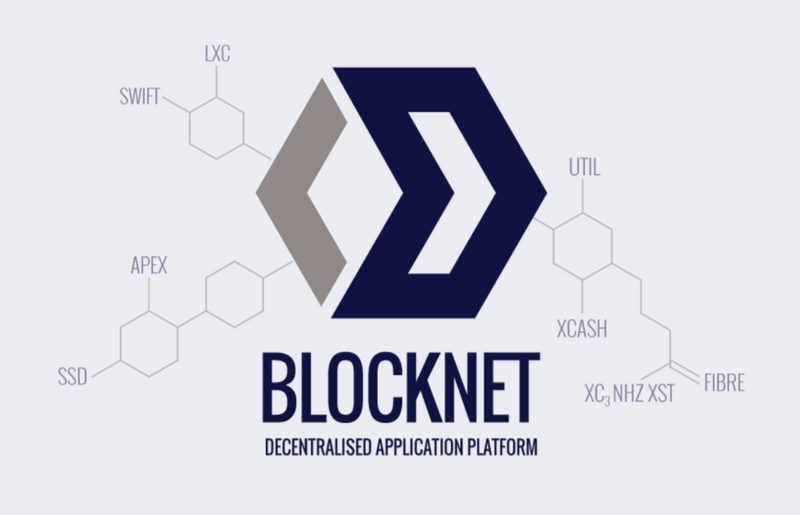With so many different blockchain projects in existence today, one has to wonder if and how they will all work together. Without a unified standard to connect all of these ledgers, most efforts will remain individualized first and foremost. Blocknet may be able to change all that, as this is a project calling itself the “internet of blockchains”. It’s an interesting concept, but what does it mean in the real world?
What is Blocknet all About?
On paper, the Blocknet project wants to become the internet of blockchains, which will not be easy. The team is focusing on providing a blockchain-agnostic decentralized platform-as-a-service. Most people will readily agree that blockchain technology will change the world as we know it, thanks to distributed consensus, security, and scalability. However, there is no “one blockchain to rule them all”, and Blocknet acknowledges that a solution needs to be found in that regard.
So how Does it all Work?
Blocknet positions itself as the go-to solution to network the various blockchains in existence. Since no one chain can handle all the world’s workload without crumbling or running into technical issues, it is evident every chain in existence has its own role to play. It is a bit similar to using a parent chain and sidechains, but in the case of Blocknet, the sidechains already exist in the form of Bitcoin, Ethereum, Litecoin, and the like.
The project is currently focusing on a handful of blockchains at this stage. It combines Bitcoin, Ethereum, XCurrency, BitNation, StealthCoin, and BitSwift blockchains in one convenient package, each of which has its own function. As Blocknet is a major advancement in the world of cryptographic technology, it will offer peer-to-peer communication between nodes on different blockchains. This could become quite a powerful ecosystem, assuming there is a demand for such a venture.
Blocknet will not just benefit enterprises and corporations, mind you. There is a real chance that cryptocurrencies can benefit from what Blocknet has to offer as well. With increases in its user base and profit potential, there is no reason to not pay attention to this project right now. Moreover, it may help reduce the need for separate altcoins offering functionalities that Bitcoin and Ethereum do not provide. There’s no central currency for Blocknet, even though there is the BLOCK currency to take into account.
But What is BLOCK Used for?
It’s a bit confusing to most people as to why the BLOCK currency exists in the first place. As it is not the core currency of the Blocknet ecosystem, it seemingly serves no real purpose. At the same time, BLOCK is the “native” currency of the project’s decentralized exchange, as it is used for trading fees and such. Users who wish to become service nodes will need to have a certain amount of BLOCK in their possession before they can become a critical part of the network.
What is Next for Blocknet?
There are still a lot of technical kinks to work out before Blocknet can become a peer-to-peer relay hub for multiple blockchains. For now, the team is focusing on ensuring their blockchain is production-ready and has been deploying a few service nodes. Additionally, the decentralized exchange app is still being built, and a decentralized ICO dApp will be introduced in the future as well. It is evident that Blocknet is well worth keeping an eye on, especially if the team keeps up its current rate of progress.

